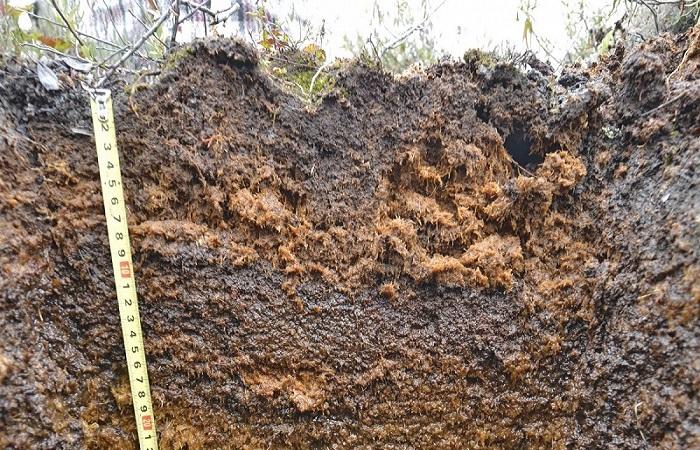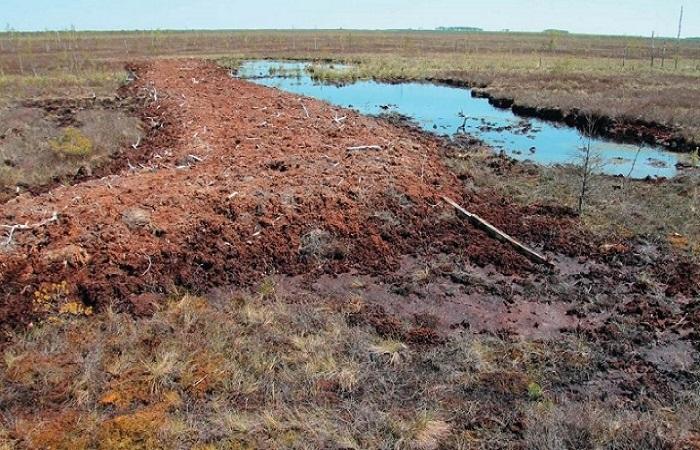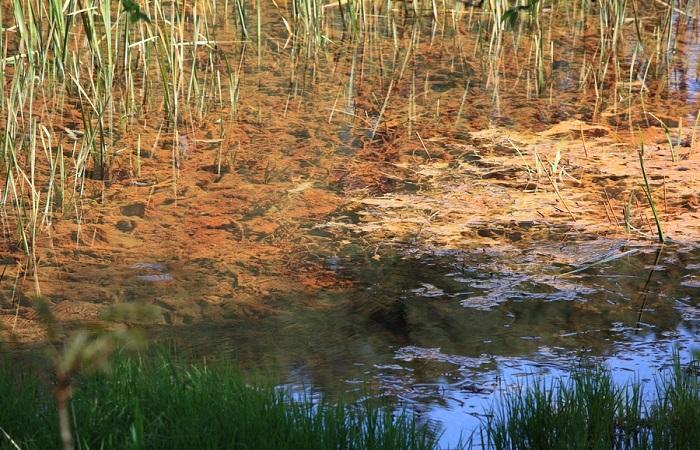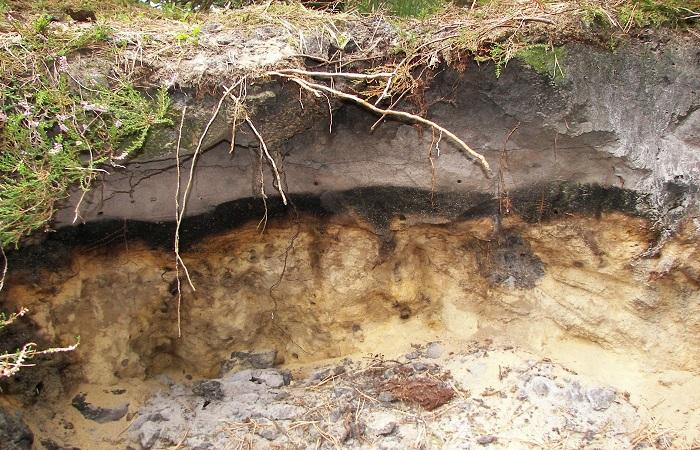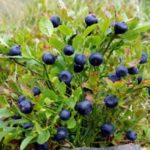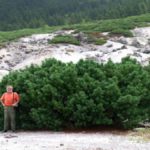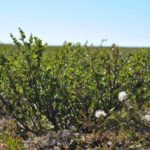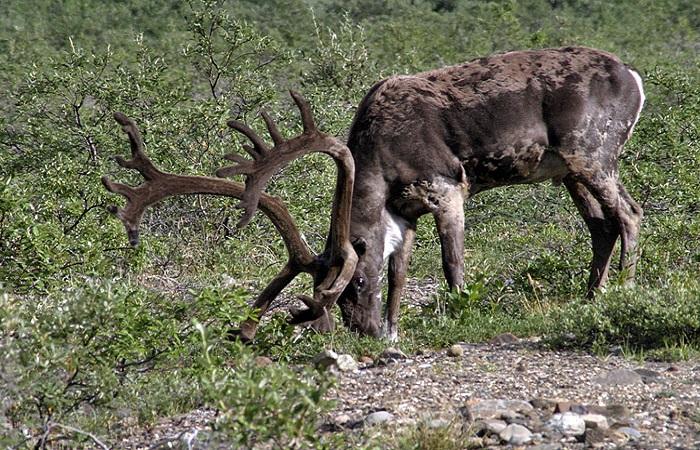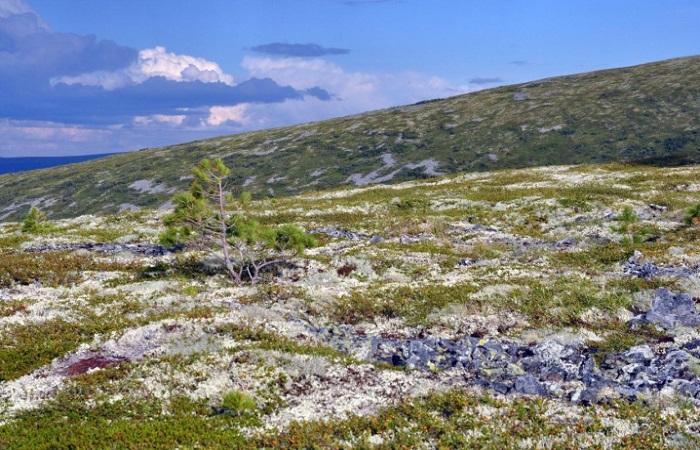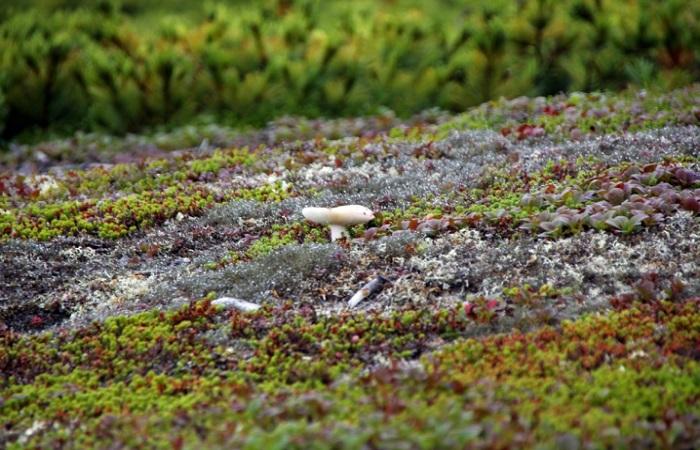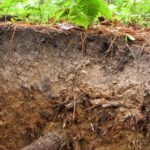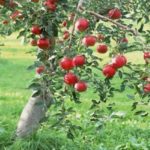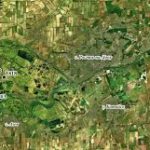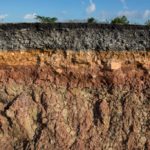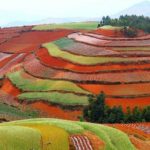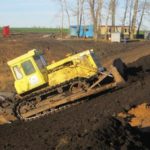Forest-tundra is the transition zone from tundra to taiga, which is located in Russia in the northeast. The subarctic climate, cold and dry, affects not only the weather, but also the formation and characteristics of the soil. Let us consider the characteristics of forest-tundra soils, what types they are divided into, and what vegetation grows on them. How and where forest-tundra soils are used.
Features of soil in forest-tundra
The climate of the forest-tundra is similar to the climate of the tundra, but differs from it in warmer summers - at this time the temperature can rise to 15 ºС.Winter is just as cold, the soil freezes deeply and for a long time, all processes in it stop. Along the river valleys, the influence of the cold climate weakens a little, there is more vegetation here, and the soil is a little better developed. In the forest-tundra, despite the small amount of precipitation, moisture exceeds evaporation, there are many lakes and wetlands, which also affects the soils.
The main properties of forest-tundra soils: the fertile layer of such soils is thin, which is why their overall fertile capacity is very low. They are thin, the humus layer is shallow, there are few nutrients and salts, usually acidic.
Overview of species
Forest-tundra soils are divided into peat-gley, peat-swamp and gley-podzolic. What they have in common is the presence of a gley horizon formed under conditions of excessive moisture.
Peat-gley
Typical soils of this type are formed under the influence of prolonged stagnation of water, which accumulates in lowlands or in areas with a slight slope. They consist of a top layer 10-15 cm thick of the remains of moss and shrub litter, a peat layer of 20-50 cm, underneath there is a wet gley horizon, bluish-gray on top, below with a greenish-blue tint on loams and with a rusty-brown tint on sandstones.
The soils are strongly acidic; in gley horizons the acidity decreases slightly; salt saturation level – 10-50%.
Peat bogs
This type of soil is formed under the influence of soil-forming processes that occur in swamps due to excessive moisture and cold climate. The profile consists of peat and peat-gley horizons. The profile for thin soils ranges from 5 to 100 cm, for medium-thick soils - 1-2 m and for thick soils - over 2 m.
Gleyic-podzolic
On top there is a peat litter 5-8 cm thick, under it there is a thin eluvial-gley horizon, which contains 2-4% humus and iron compounds. Next lies a transitional bare horizon, which passes into the ungleeed parent rock, almost untouched by soil-forming processes.
The distribution zone of gley-podzolic soils in the forest-tundra is the border of the northern taiga, watersheds and slopes of riverine hills.
Vegetation
Mosses, grasses, low shrubs, and dwarf cedar grow in the forest-tundra. They are interspersed with dwarf trees, mainly spruce and birch, larches, polar willows, and fir. Lots of berries - lingonberries, blueberries, cloudberries, blueberries, blueberries, cranberries.
In what cases is it used?
The traditional use of forest-tundra areas is as pastures for reindeer grazing. They occupy up to 90% of the area. In addition to pastures, the territory of the forest-tundra is used as hunting grounds; picking berries and mushrooms, of which there are many, is popular here.
Measures to improve forest-tundra soils: mandatory drainage, improvement of thermal conditions and aeration, improvement of nutritional value - application of organic matter and mineral fertilizers, increase in the activity of soil microflora.
On cultivated soils, if fertilizers are applied, it is possible to obtain yields of not only cabbage, forage grasses, potatoes, but also grains. The most successful results are growing plants on southern slopes, which warm up better.
Forest-tundra soils are influenced by: significant extent from west to east, changing topography; climatic and hydrological conditions also determine variability in the species diversity of vegetation. Permafrost and excess moisture explain the characteristics of forest-tundra soils.
Permafrost is present throughout this entire zone; intensifying manifestations of the subarctic climate appear from west to east, that is, with increasing continentality. A significant excess of precipitation over evaporation causes waterlogging of the soil and the appearance of shallow lakes. The forest-tundra is characterized by the formation of sphagnum, hypnum and peat bogs.
Due to low fertility and lack of heat for many months, forest-tundra soils are almost unsuitable for agricultural use. Crops can be grown on them only after significant and constant improvement, and only those that are cold-resistant and belong to early varieties. By themselves, they can only be used for pastures and as hunting areas.

